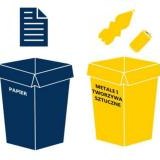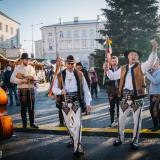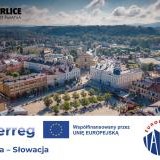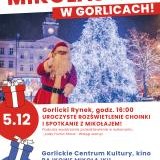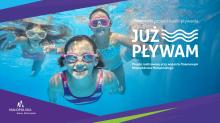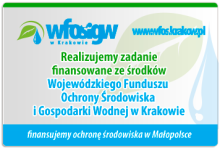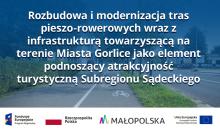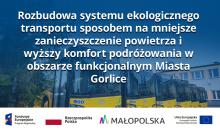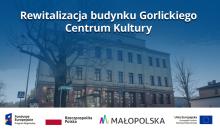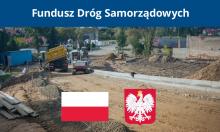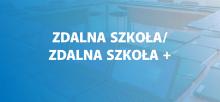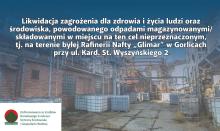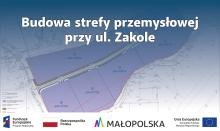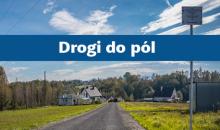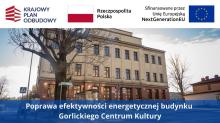The best of Gorlice
Treść
The best of Gorlice
The first in the world street oil lamp
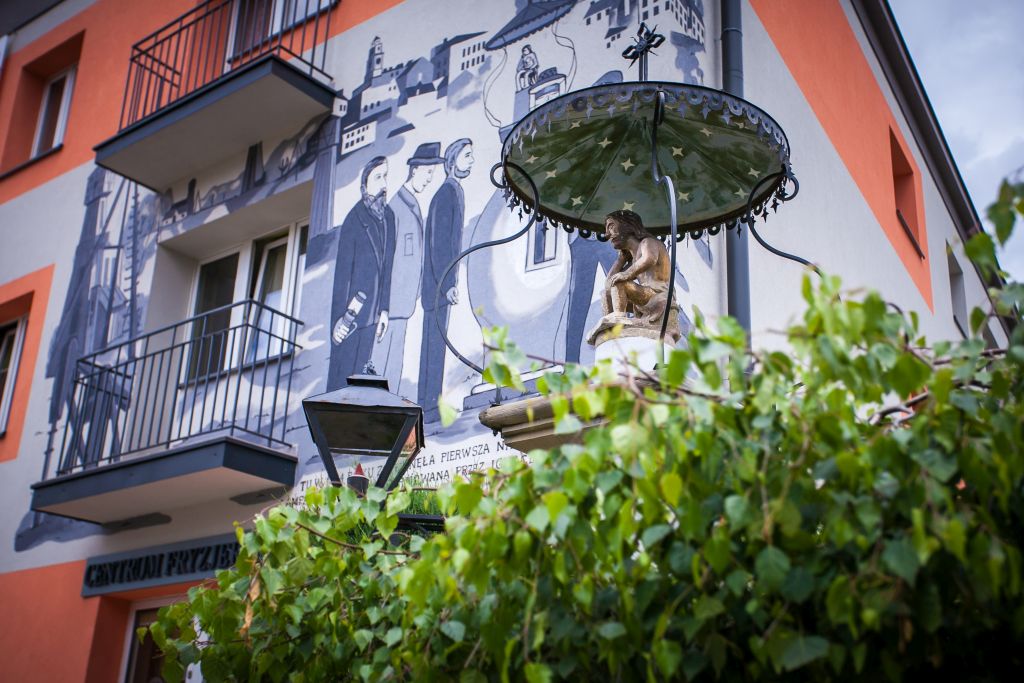 Gorlice region is the cradle of the petroleum industry. Since time immemorial the valley of the Ropa river, where Gorlice is located, was known for rich sources of the crude oil. Gorlice is strongly associated with the figure of Ignacy Łukasiewicz – inventor and constructor of the oil lamp, who between 1853 and 1858 lived and worked in our town. Due to him, in 1854 at the intersection of the Węgierska and Kościuszki streets the world’s first street oil lamp was ignited.
Gorlice region is the cradle of the petroleum industry. Since time immemorial the valley of the Ropa river, where Gorlice is located, was known for rich sources of the crude oil. Gorlice is strongly associated with the figure of Ignacy Łukasiewicz – inventor and constructor of the oil lamp, who between 1853 and 1858 lived and worked in our town. Due to him, in 1854 at the intersection of the Węgierska and Kościuszki streets the world’s first street oil lamp was ignited.
The biggest battle of the World War I on the Eastern Front
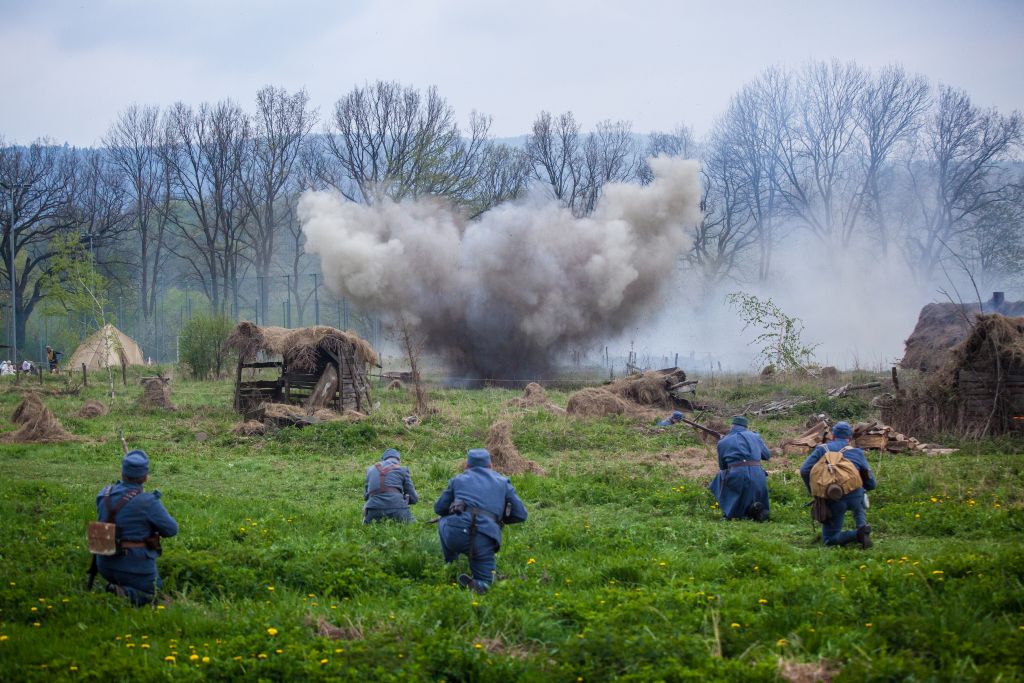
Gorlice was an arena of bloody military actions in one of the groundbreaking and most important battles of the World War I in Poland. The tragic events of 1915 have left its imprint on the town and its inhabitants. On 2 May 1915, a large offensive of the Central Powers against the Russian army took place. The battle of Gorlice is historically considered as the largest battle on the eastern front. More than 20000 soldiers lost their lives. Numerous cemeteries of beautiful architecture remind visitors of this event.
One of the oldest and most beautiful town parks in Poland
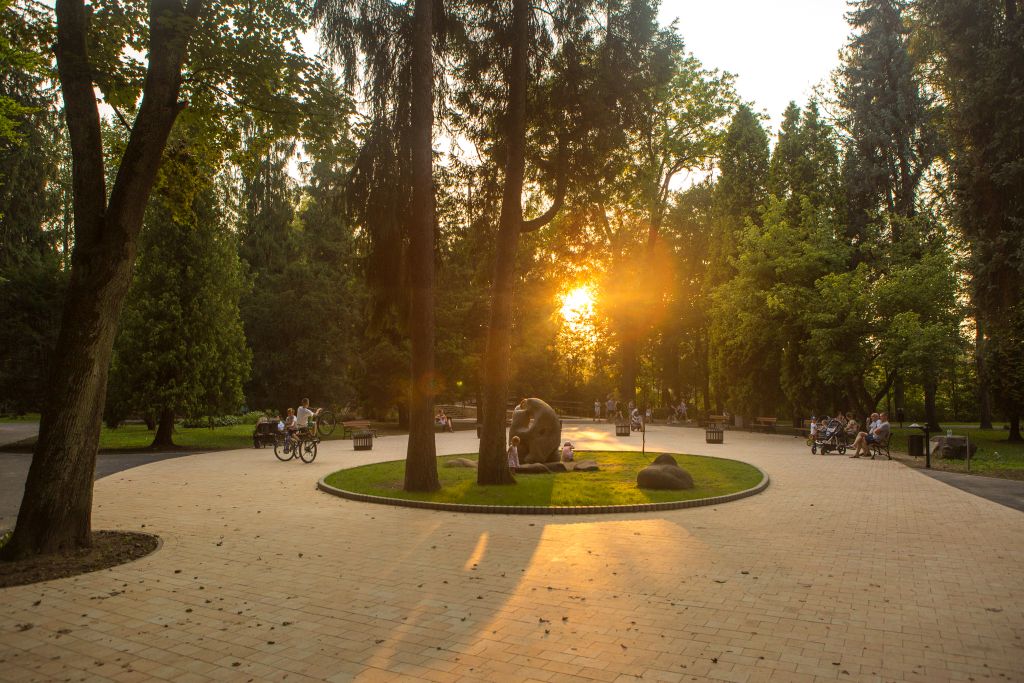 The Town Park was established between 1899 and 1900 on the initiative of Wojciech Biechoński – the Mayor of Gorlice. It lies on the area of 20 ha. A substantial part of the park is covered by an ancient forest of the so-called Sokół Woods i.e. the Park Hill (347 m a.s.l.) with the escarpment of sandstone blocks. In the park’ s lower part we can admire 100 and 150 years old trees with exotic specimen and interesting bushes e.g. liriodendron tulipifera. The park has a 2,5 km long cycle path. There is also a nature-educational path in the park with flora and fauna descriptions as well as geological information explained on large boards in Polish and German.
The Town Park was established between 1899 and 1900 on the initiative of Wojciech Biechoński – the Mayor of Gorlice. It lies on the area of 20 ha. A substantial part of the park is covered by an ancient forest of the so-called Sokół Woods i.e. the Park Hill (347 m a.s.l.) with the escarpment of sandstone blocks. In the park’ s lower part we can admire 100 and 150 years old trees with exotic specimen and interesting bushes e.g. liriodendron tulipifera. The park has a 2,5 km long cycle path. There is also a nature-educational path in the park with flora and fauna descriptions as well as geological information explained on large boards in Polish and German.
The first in the world oil well
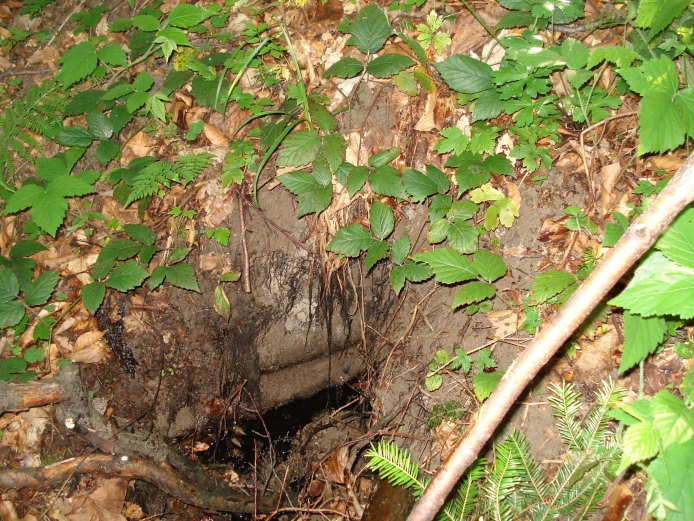
In 1852 in Siary near Gorlice the world’s first oil well started working.
The best example of a Polish renaissance castellum
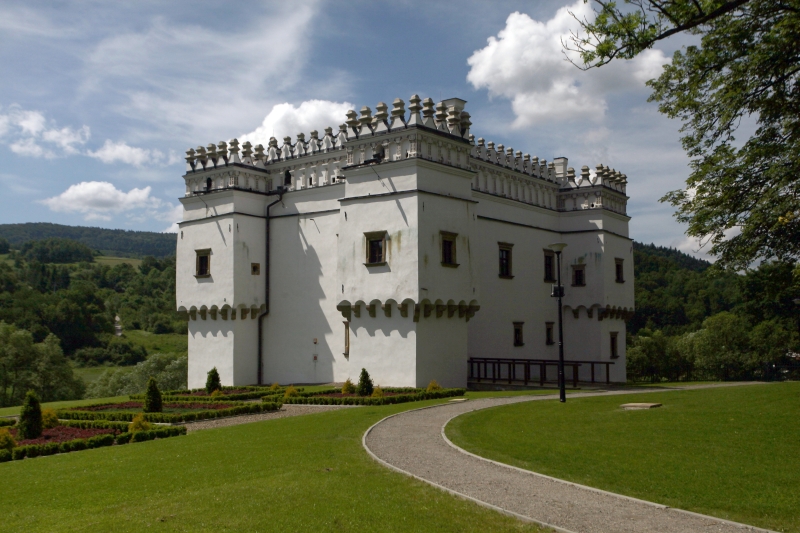 The Castellum in Szymbark, near Gorlice, is a unique monument on a national scale. It serves as a best example of a Polish renaissance castellum. Similar objects can be spotted only in Czech, Hungary and Italy. In Poland there were only several of them but they were either destroyed or remodeled. The castellum in Szymbark was built in the first half of the 16th century on the initiative of Gładyszów line of the Gryf coat of arms – the owners of these territories since the 14th century. The defence mansion, also called as the castle, is located on a high and steep scarp by the Ropa river.
The Castellum in Szymbark, near Gorlice, is a unique monument on a national scale. It serves as a best example of a Polish renaissance castellum. Similar objects can be spotted only in Czech, Hungary and Italy. In Poland there were only several of them but they were either destroyed or remodeled. The castellum in Szymbark was built in the first half of the 16th century on the initiative of Gładyszów line of the Gryf coat of arms – the owners of these territories since the 14th century. The defence mansion, also called as the castle, is located on a high and steep scarp by the Ropa river.
The oldest hospital preserved in Poland
The Hospital of the Holy Spirit in Biecz was built by virtue of the privilege issued by Queen Hedwig in 1395. It is the most valuable monument of a hospital building in south-eastern Poland. The preserved building probably comes from 1480 and is the only object of Queen Hedwig’s foundation which remained until this day. Currently, it is being renovated. (source www.biecz.pl).
Gorlice as the UNESCO land – 5 objects in the Gorlice County are inscribed on the UNESCO World Heritage List
The Filial Church of St. Philip and St. Jacob in Sękowa
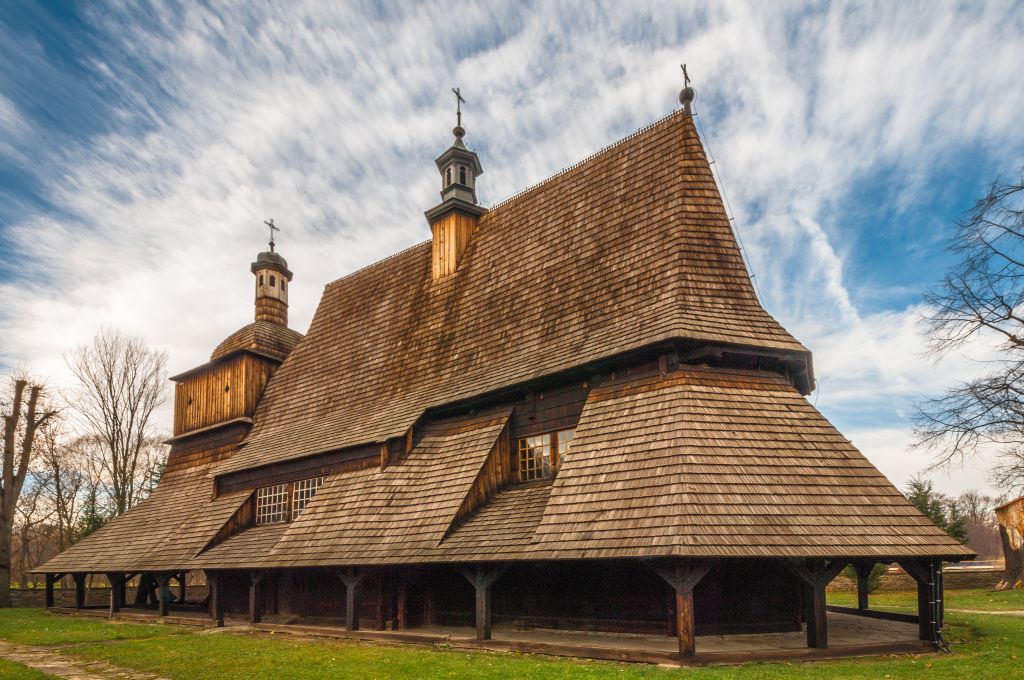
It is one of the most precious wooden churches in Małopolska and was entered onto the UNESCO World Heritage List in 2003. It was erected in 1520 from hand-cut larch-wood logs. In the 18th century a spire and extensive covered veranda (exonarthex) were added. The church surface, with the exception of the bell-house, is covered by shingles which enhances the picturesque appeal of the building’s mass. The current fittings include a late-renaissance main altar from the early 17th century, reconstructed in 1948-49 after its destruction in 1915. The altar’s rich polychrome decoration includes a painting depicting St. Nicholas, St. Benedict and St. Antony along with a sculpture of the Saviour of the World.
The Parish Church of St. Michael the Archangel in Binarowa
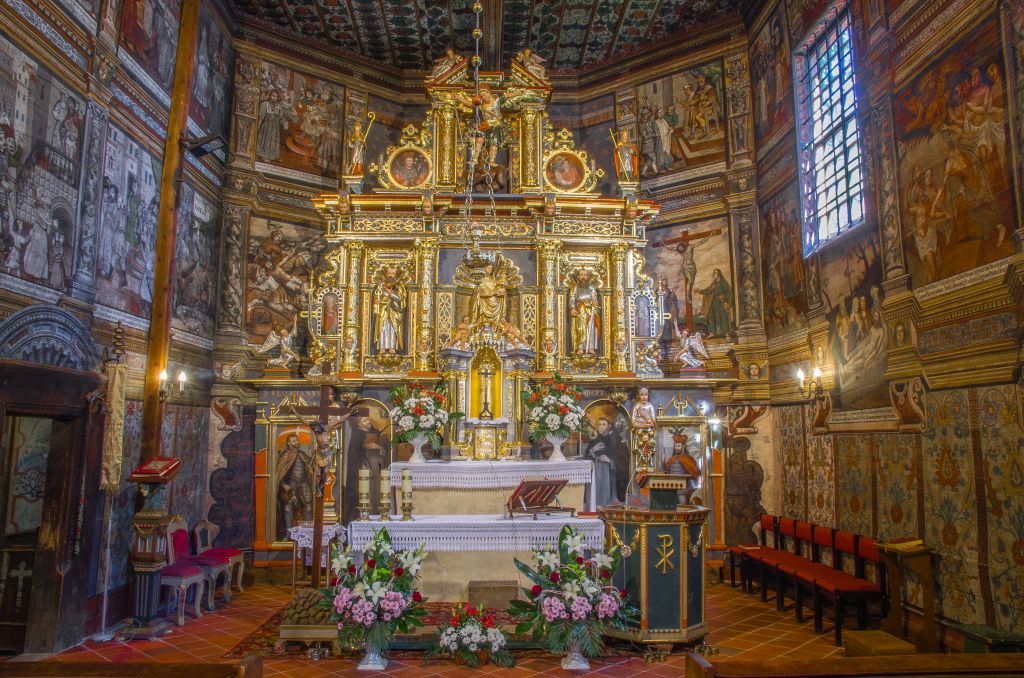
It was erected around 1500. It is a log building surrounded by a covered veranda with a post-frame construction spire added in 1596. The interior is a decorative art gallery: the ceiling has precious paintings from the beginning of the 16th century, while the walls have baroque biblical cycles and in the chapel there is unique polychrome decoration from 1655. The most precious church fittings are the gothic sculptures dating from the end of the 14th century: Madonna with Child, and the bas-reliefs of St. Margaret, St. Dorothy, St. Catherine and St. Barbara, found in the side altars. In 2003 the church was entered onto the UNESCO World Heritage List.
The Greek Catholic Parish Church of the Protection of the Mother of God in Owczary
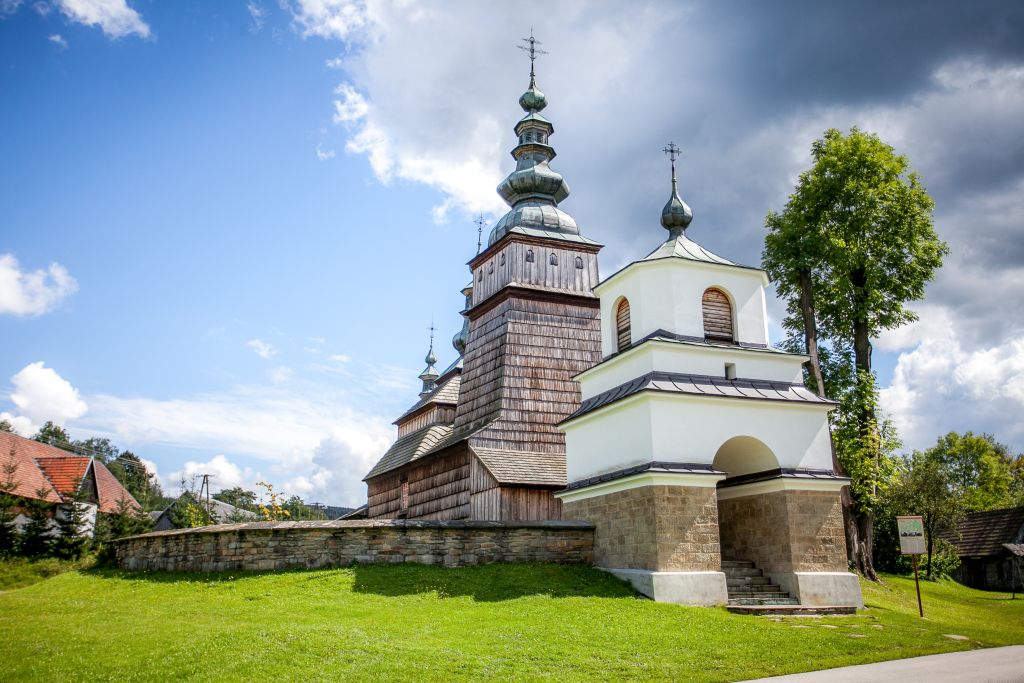
It was built in 1653. The church was renovated repeatedly, and underwent a complete overhaul in the 1980s. At that time they restored the shingles on the walls and tented roofs, and the conservation work as a whole was awarded the Europa Nostra international prize. The interior is covered by polychrome decoration from 1938. The complete church fittings consist of: an 18th century baroque iconostasis with a rare icon of Christ in the Tomb, two baroque side altars – the north one with an icon of Madonna with Child (19th century), and the south one with an icon of St. Nicholas (18th century).
The Greek Catholic Parish Church of St. Michael the Archangel in Brunary Wyżne (currently the Roman Catholic Parish Church of the Assumption of the BVM)
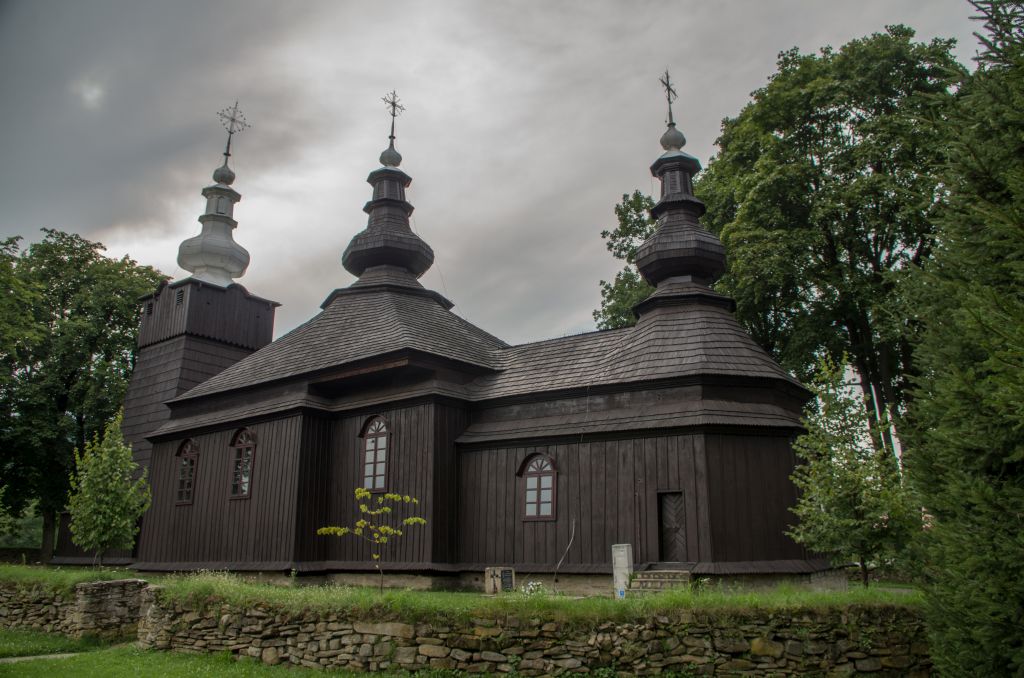
It dates from 1797. The building, despite later alterations, has retained the most important features of a West Lemko church. The interior is capped by a flat ceiling with cornices. The polychrome decoration, which has rococo-classical architectonic and floral motifs, was carried out by Antoni and Józef Bogdański in 1898. Fragments of older baroque polychrome work from the end of the 18th century are visible in the nave. The 18th century baroque iconostasis was repainted during repair work in 1831.
The Greek Catholic Parish Church of St. Paraskevi in Kwiatoń (currently a Roman Catholic Auxiliary Church)
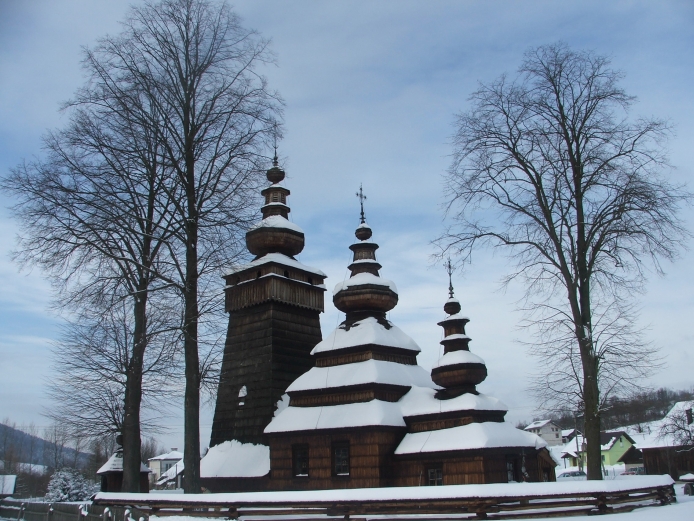
It arose in the second half of the 17th century. The church is a classic example of Lemko church architecture, and on account of its proportions is considered one of the most beautiful Orthodox churches in Poland. It was erected using log construction with shingled walls and roofs. The interior décor contains polychrome work with figurative and ornamental motifs dating from 1811. It has retained its fittings intact: an iconostasis (screen with icons) by M. Bogdański from 1904, and in the chancel a 19th century main altar as well as two side altars with icons of Madonna with Child and the Deposition.
Siddur of Passers-by
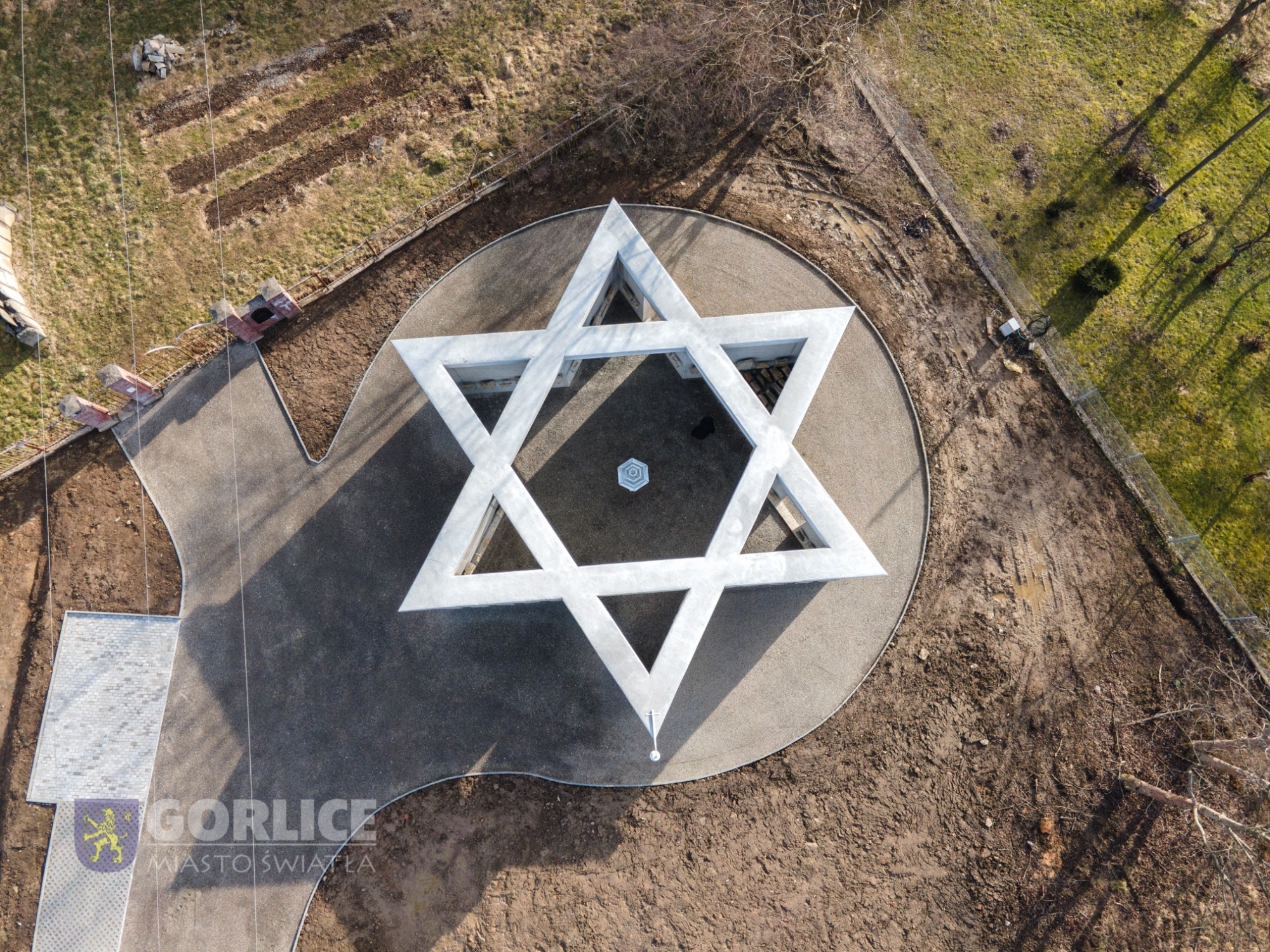
Sidur Przechodniów (Siddur of Passers-by) is a place of remembrance about our neighbors, acquaintances, friends, people who have irretrievably disappeared from Gorlice. A place created so that the memory of our common history and the terrible events of World War II would never perish. The building is located at ul. Stróżowska at the entrance to the Jewish cemetery. It has walls in a projection reflecting the shape of the "Star of David", with crowning beams forming two interpenetrating equilateral triangles with four open entrances. On its walls there are matzevot taken from under the floor of the now defunct Beszt synagogue building. The monument was built in front of the gate to the Jewish cemetery, not within it, which is due to the religious law of Judaism. There is a convenient access to Sidur, which will facilitate visits to this place for tourists and pilgrims.


